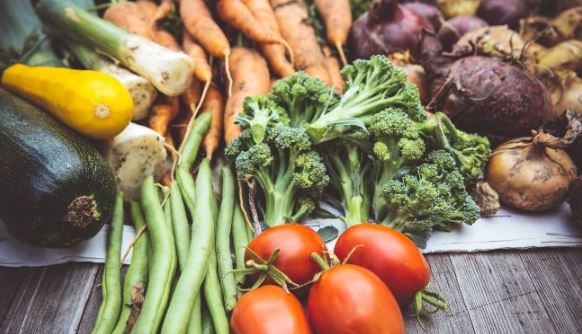
According to Stats SA, inflation is at an all-time high this year, resulting in a stark increase in the cost of living and fuel prices.
Many of us are feeling the pinch and are looking for ways to cut back and save on grocery expenses.
While we might purchase our fruit and veg when it’s fresh and vibrant, it can go all downhill with a few days of incorrect storage.
The key to keeping fresh produce at its best is how you store it. We found some handy tips; read on to know.
1. Make sure to promptly refrigerate food items that require a cold temperature
One simple way to keep food fresher is to ensure that you refrigerate items that need to be kept cold as soon as possible. When food is stored at a proper temperature, it slows the growth of bacteria — helping to keep your food fresher for longer and reducing the risk of food poisoning.
The Centers for Disease Control and Prevention (CDC) recommends putting meat, seafood, eggs, milk, produce, and other perishable foods in the refrigerator or freezer within two hours of purchase, or within one hour if the temperature outside is above 90 degrees.
2. Avoid washing your produce before storing it
One simple way you can increase the time your fruits and veggies stay fresh is to wait to wash your produce until you’re ready to eat it, as too much moisture will spoil them faster.
3. Store meat, poultry, and fish in the coldest spot in your fridge
Animal products, such as meat and fish, often spoil the fastest. In fact, it’s often recommended to only keep fresh fish for up to two days in the fridge before cooking it.
To help keep your meat products from spoiling before you get a chance to use them, keep these items toward the back of your fridge. It’s also a good idea to store these foods on the lowest shelf of your refrigerator to lower the risk of cross-contamination.
4. Avoid storing milk in the refrigerator door
To prolong your milk’s shelf life, make sure to avoid keeping it in the refrigerator door where the temperature is warmest and tends to fluctuate the most. Instead, store milk in the back and bottom portions of your fridge, where temperatures are typically the coldest.
5. Reference food safety apps for quick advice
There are several apps out there that offer food safety recommendations and tips on the best ways to store your food items. To get quick, trusted answers to your food safety questions, download the USDA FoodKeeper and Is My Food Safe? apps.
6. Inspect berries before storing them
Prolong the freshness of your strawberries, blueberries, raspberries, and any other berries you eat by inspecting them for any spoiled or crushed fruit before refrigerating. Then, store the fruit unwashed in containers or plastic bags, and wash gently right before eating.
7. Store potatoes in a cool, dry place away from light
Have you ever bought a bag of potatoes only for them to start looking funky soon after? Chances are good that you’re keeping your potatoes in a high light area, which causes them to green faster. Prevent this by storing your spuds in a cool, dark place. When stored properly, potatoes should last four to six months.
8. Transfer winter squashes to a cool, dry place after “curing” them
If you’ve had a spaghetti squash sitting on your kitchen counter for a few weeks, don’t be so quick to toss it! Many winter squashes actually store well after the curing phase — which means simply storing the squash at room temperature (around 70 degrees) for 10-20 days. After this period, move the squash to a cool, dry place, such as your basement or garage, for long-term storage. Many winter veggies will keep fresh for months like this.



